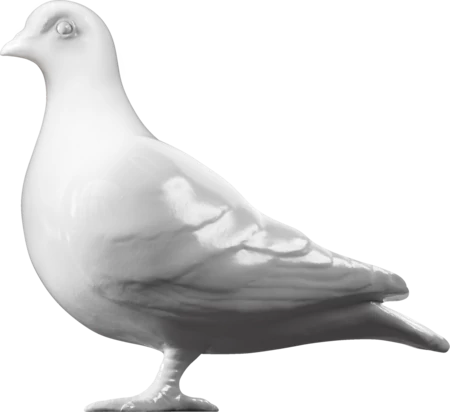Social History — 1811
Isis
This statue of the Egyptian god Isis was sculpted by the Irish artist Lawrence Gahagan in 1811. Along with another Gahagan statue of the god Osiris, it originally formed part of the façade of the Egyptian Hall, being displayed above the portico.
The Egyptian Hall in Piccadilly was built to house the collection of William Bullock, a naturalist and antiquarian. It was designed by the architect Peter Frederick Robinson and opened to the public in the spring of 1812. Although Bullock called it the London Museum, the building became known as the Egyptian Hall due to its Egyptian-style façade, which was based on the Ptolemaic temple Hathor at Dendera. In 1819 Bullock sold his collection and the Hall became an exhibition space. In 1821 it played host to Giovanni Battista Belzoni's display based on his discoveries at the tomb of Seti I in the Valley of the Kings. Ancient Egypt had a considerable popular appeal in this period following the military campaigns against the French in Egypt during the Napoleonic Wars. Many artefacts were captured from the French and brought to England for exhibition. In addition to the Egyptian Hall, ancient Egyptian material culture was also displayed at the British Museum and at the Crystal Palace where it drew huge crowds.
In the Victorian period the Egyptian Hall became a theatre of magic. Early performers included the French conjurers Henri Robin and Alexander Herrmann. In 1873 the illusionists John Nevil Maskelyne and George Alfred Cooke began their residency dubbing the Hall 'England's Home of Mystery'. In addition to his famous and much imitated 'box trick', Maskelyne performed using his 'Psycho' puppet in thousands of performances at the Hall. Maskelyne's future partner David Devant first performed with him on stage at the Hall in 1883. In 1896 the Hall became the second venue in London to show moving pictures (the first being the nearby Empire Theatre in Leicester Square). The Egyptian Hall was demolished in 1905.
- Category:
- Social History
- Object ID:
- 2010.5/1
- Object name:
- Isis
- Artist/Maker:
- Lawrence Gahagan
- Related people:
- Related events:
- Related places:
- Production date:
- 1811
- Material:
Portland Stone
- Measurements/duration:
- H 3633 mm, W 1200 mm, D 575 mm (dimensions include display plinth), WT 6800 kg
- Part of:
- —
- On display:
- —
- Record quality:
- 100%
- Part of this object:
- —
- Owner Status & Credit:
Permanent collection
- Copyright holder:
digital image © London Museum
- Image credit:
- —
- Creative commons usage:
- —
- License this image:
To license this image for commercial use, please contact the London Museum Picture Library.
